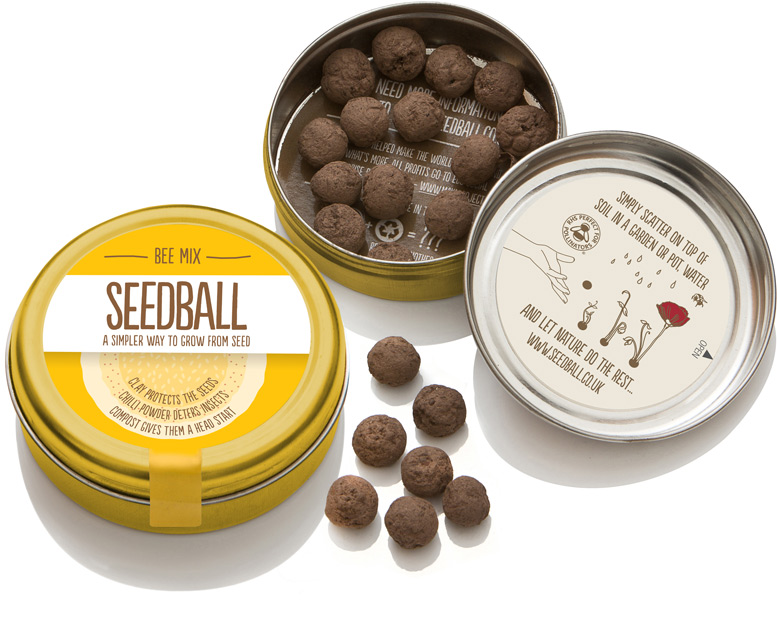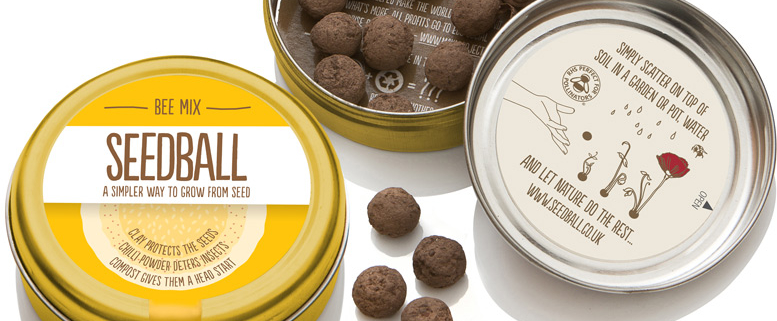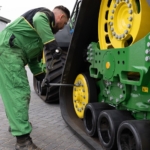Plant wildflowers in your allotment – and entice pollinators to your plot
Ahead of National Allotment Week (7th-13th August 2023), disruptive wildflower company Seedball is stressing the importance to allotment-holders of enticing pollinators to their plots.
By introducing sections or borders of wildflowers, allotments can become, not only more diverse, but provide more fruitful ground for an even better bounty of crops.

Plant wildflowers in your allotment – and entice pollinators to your plot
In fact, the National Allotment Society says that it is vital that we protect and encourage pollinators, such as bumblebees. Different crops rely on pollinators to different extents – for example, runner beans have an 85 per cent reliance on them, while apples, pears and plums’ reliance is between 65 per cent and 85 per cent. These animals and insects travel between plants carrying pollen on their body, which is vital for the reproductive system of most flowering plants, sustaining our ecosystem and producing natural resources. In fact, pollinators are responsible for bringing us one in every three bites of our food.
Allotments can play an important part in providing wildlife corridors and wildflower habitats, creating a more diverse ecosystem which will have multiple positive impacts.
Scattering seedballs on a chosen patch of ground is an easy and effective way to grow wildflowers and encourage wildlife – fast. Choose a tin such as the Bee Mix, containing about 20 seedballs with around 30 bee-friendly seeds in each one. The mixture of flowers, including Birdsfoot Trefoil, Foxglove, Red Clover, Viper’s Bugloss and Wild Marjoram, have all been named by the Bumblebee Conservation Trust as ones which will attract bees – one of the most important pollinators.
Dr. Emily Lambert from Seedball, said: “Introducing wildflowers to an allotment plot is not only a great way to encourage important pollinators, it can also provide a beautiful splash of colour to brighten up any gardeners’ day. Allotments are of course used primarily to grow food, which is very important, but introducing pollinator-friendly wildflowers can bring more helpful wildlife into your environment, ultimately helping with boosting crops long term. It’s a win-win.”
British wildflowers, once common in hedgerows and fields, have drastically reduced in number over the past 50 years resulting in a staggering 99 per cent loss of wildflower meadows in the UK. The loss of wildflowers has had a detrimental impact on insect and pollinator populations.
It’s time for a wildflower revolution – and that includes bringing more to allotments! Find out more about how Seedballs are made and how to use them at https://seedball.co.uk/
For the latest industry news visit landscapingmatters.co.uk/news
Get all of the big headlines, pictures, opinions and videos on stories that matter to you.
Follow us on Twitter and Instagram for fun, fresh and engaging content.
You can also find us on Facebook for more of your must-see news, features, videos and pictures from Landscaping Matters




